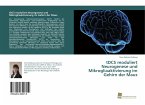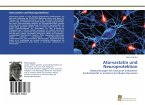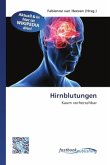Stroke is the third largest cause of death after cardiovascular diseases and cancer and is a major factor of permanent disability in most industrial countries. Disparities exist in access to healthcare services due to geographical barriers and limited resources. Rural locations often lack the resources for adequate stroke management. The idea of telestroke is to transfer knowledge and expertise of acute stroke management into areas with limited neurological services. The first part in this dissertation mainly covers the evidence of telestroke. The second part is an evaluation of a telestroke network in Salzburg, Austria. The aim is to assess the safety and effectiveness of intravenous thrombolysis application via a real time two-way videoconferencing system combined with a teleradiological procedure followed by transfer to a specialised stroke unit.
Bitte wählen Sie Ihr Anliegen aus.
Rechnungen
Retourenschein anfordern
Bestellstatus
Storno








